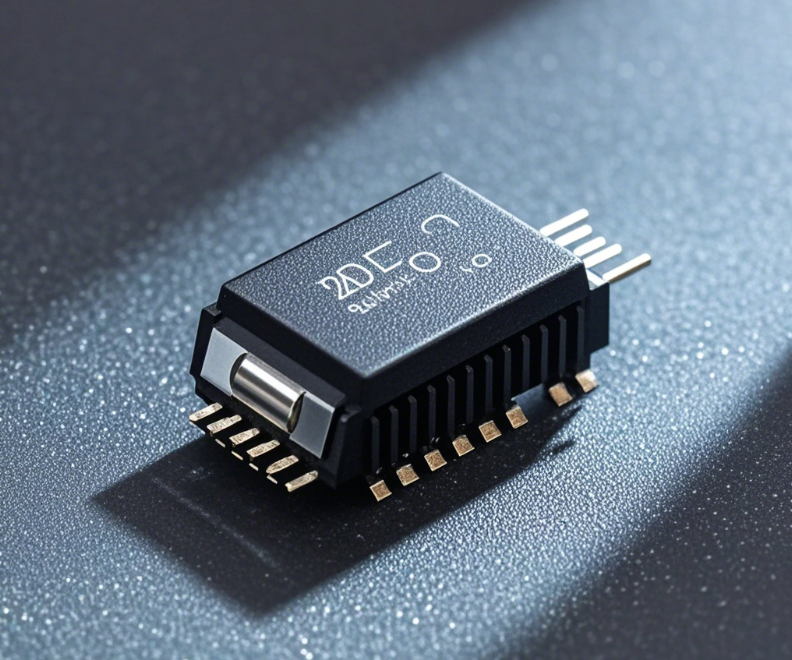Vehicle grade Bluetooth module is a Bluetooth module designed and manufactured specifically for automotive electronic devices, in compliance with automotive industry standards and specifications. The following is a detailed introduction to it:

High reliability: The driving environment of automobiles is complex and varied, with various harsh conditions such as high temperature, low temperature, vibration, impact, electromagnetic interference, etc. The automotive grade Bluetooth module has undergone rigorous testing and verification, and can operate stably under these harsh conditions, ensuring the reliability of Bluetooth connection and the accuracy of data transmission.
Wide temperature range: Generally, it can work normally within the temperature range of -40 ℃ to 125 ℃. Some multimedia related automotive Bluetooth modules work within the temperature range of -40 ℃ to 85 ℃ to meet the usage requirements of cars in different seasons and regions.
Low power consumption: There are many electronic devices in cars, and the requirements for power consumption are relatively strict. The automotive grade Bluetooth module adopts a low-power design, which can minimize power consumption, reduce the consumption of car batteries, and extend battery life while ensuring performance.
High security: It involves various controls and information transmission of automobiles, such as car key systems, vehicle control systems, etc., with extremely high requirements for security. The vehicle grade Bluetooth module has a powerful security protection mechanism, including hardware encryption, identity authentication, data encryption and other functions, to prevent data from being stolen or tampered with, ensuring the safety of vehicles and users.
Miniaturization and integration: With the continuous increase of automotive electronic devices, the interior space of the car is becoming increasingly tight, requiring Bluetooth modules to have a smaller volume for installation and layout in limited space. At the same time, high integration is also needed to integrate more functions into a compact module, reducing system complexity and cost.
Bluetooth Protocol: Supports multiple Bluetooth protocols, such as BLE5.2, BLE5.3, etc. Different protocol versions have different characteristics and advantages. For example, BLE5.3 has been optimized in terms of data transmission speed, connection stability, power consumption, etc., which can better meet the needs of automotive electronic devices.
Working frequency: It usually operates in the 2.4GHz ISM frequency band, which is a commonly used frequency band for Bluetooth technology and has good compatibility and versatility, enabling stable communication with other Bluetooth devices.
Transmission power: Generally between -21dBm and+20dBm, it can be programmed through software. The size of the transmission power determines the communication distance and signal strength of the Bluetooth module, and can be adjusted according to specific application scenarios and requirements.
Reception sensitivity: usually between -93dBm and -96.5dBm, higher reception sensitivity can enable Bluetooth modules to accurately receive and analyze data even in weak signal environments, ensuring communication stability and reliability.
Communication distance: In open environments, the communication distance can generally reach over 100 meters. For example, the communication distance of E104-BT53C3 is 170 meters, and the communication distance of HY-27P101PC is 248 meters. However, in actual automotive environments, the communication distance may be shortened due to factors such as metal shielding and obstacles.
Car infotainment system: It is one of the most common application areas for car grade Bluetooth modules. Through the Bluetooth module, users can connect their mobile phones to the car audio system, enabling wireless music playback, hands-free calling, and other functions to enhance the driving experience.
Car key system: Bluetooth technology can be used to achieve keyless entry and start systems. Users only need to carry a Bluetooth enabled mobile phone or car key card, and when they approach the vehicle, they can automatically unlock the doors. After entering the car, they can start the vehicle by pressing a button or stepping on the brake, which is convenient, fast, and improves the safety of the vehicle.
In car sensor network: Cars are equipped with a large number of sensors, such as tire pressure monitoring sensors, temperature sensors, liquid level sensors, etc. These sensors can wirelessly transmit data to the vehicle's control unit through Bluetooth modules, achieving real-time monitoring and fault diagnosis of the vehicle's status.
Automotive control system: In some autonomous or assisted driving systems, vehicle grade Bluetooth modules can be used for short-range communication between vehicles and external devices or other vehicles, achieving functions such as information exchange and collaborative control between vehicles, and improving traffic safety and efficiency.
On board diagnostic system (OBD): used to read vehicle fault codes and real-time data, helping maintenance personnel quickly locate and solve vehicle fault problems. The vehicle grade Bluetooth module can connect OBD devices with mobile phones or other diagnostic devices to achieve wireless diagnostic functions, making it convenient for users to conduct vehicle health checks anytime and anywhere.
Copyrights© Shenzhen Skylab Co.,LTD All Rights Reserved.

